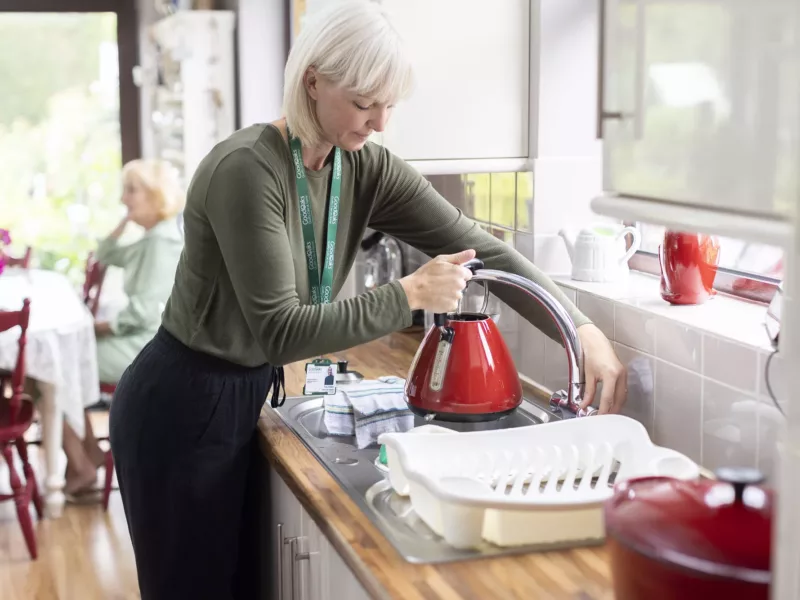Visiting care involves a care professional visiting clients at home to help with tasks that they are finding difficult. It can promote independence at home and be a cost-effective alternative to moving into a residential care home. Services can include:
- Personal care
- Companionship
- Meal preparation
- Medication administration
- Help around the home
These visits are generally about an hour long, but can be up to 12 hours, and includes night support.





